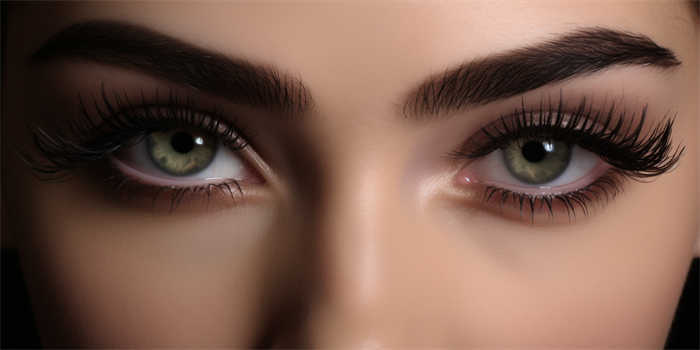Understanding the Risks of Brow Lift in Christchurch
Brow lift surgery, also known as a forehead lift, is a popular cosmetic procedure aimed at reducing the visible signs of aging by lifting the eyebrows and smoothing out forehead wrinkles. While this procedure can significantly enhance one's appearance and self-confidence, it is essential to be aware of the potential risks associated with brow lift surgery. In Christchurch, as with any other location, understanding these risks is crucial for making an informed decision about undergoing the procedure.

1. Surgical Risks and Complications
Like any surgical procedure, a brow lift carries inherent risks. These can include infection, bleeding, and adverse reactions to anesthesia. In Christchurch, where medical standards are high, the likelihood of these complications is relatively low when the surgery is performed by a qualified and experienced plastic surgeon. However, patients should still be aware that these risks exist and discuss them thoroughly with their surgeon before proceeding.
2. Scarring and Asymmetry
Scarring is a common concern following a brow lift. While modern techniques aim to minimize visible scarring, some degree of scarring can still occur, especially if the patient has a tendency to form thick or noticeable scars. Additionally, asymmetry in the results can happen, where one eyebrow may appear higher or more lifted than the other. This can often be corrected with minor adjustments during the initial healing process or through subsequent surgeries.
3. Nerve Damage
Another potential risk associated with brow lift surgery is temporary or permanent nerve damage. This can result in a loss of sensation in the forehead or around the eyes, or in more severe cases, difficulty moving the forehead or eyebrows. While nerve damage is rare, it is a serious risk that patients should consider. Choosing a surgeon with extensive experience in brow lift procedures can significantly reduce this risk.
4. Hair Loss Around Incision Sites
For those who undergo an endoscopic brow lift, where small incisions are made within the hairline, there is a risk of hair loss around these incision sites. This is typically temporary and resolves as the area heals, but in some cases, it can be permanent. This risk is more pronounced in individuals with finer or thinner hair, as the hair follicles may be more susceptible to damage during the surgical process.
5. Unsatisfactory Results
Finally, there is always the risk that a patient may not be satisfied with the results of their brow lift. This can be due to unrealistic expectations, differences in perception, or unforeseen complications during or after the surgery. It is crucial for patients to have a clear and honest discussion about their expectations with their surgeon before the procedure to minimize the chances of dissatisfaction.
Frequently Asked Questions (FAQ)
Q: How long is the recovery period after a brow lift?
A: The recovery period can vary, but most patients can expect to return to normal activities within 10 to 14 days. However, full recovery and the final results may take several months.
Q: Can a brow lift be combined with other facial surgeries?
A: Yes, a brow lift is often performed in conjunction with other facial surgeries such as a facelift or eyelid surgery to achieve a more comprehensive rejuvenation.
Q: Are the results of a brow lift permanent?
A: The results of a brow lift are long-lasting, but not permanent. Over time, the effects of aging will continue, and additional procedures may be considered to maintain the desired appearance.
In conclusion, while a brow lift in Christchurch can offer significant aesthetic benefits, it is important for potential patients to understand and weigh the associated risks. By selecting a qualified and experienced surgeon and having realistic expectations, patients can maximize their chances of a successful and satisfying outcome.




